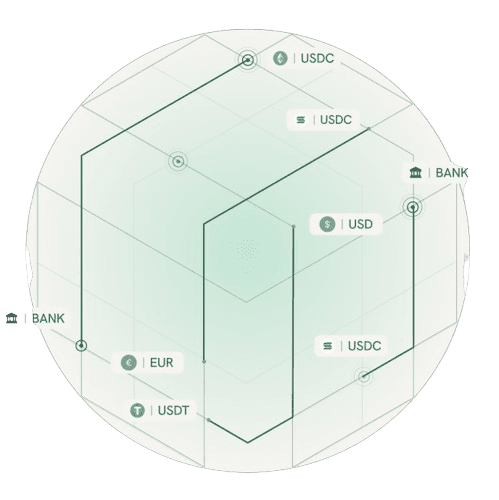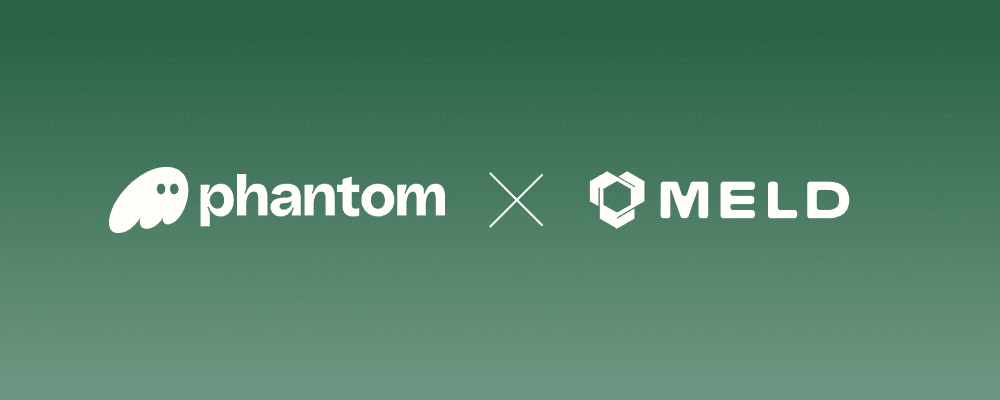
Introducing Meld Network: Access Digital Assets Anywhere
Digital Assets • Stablecoins • Identity • Network
Nov 18th, 2025
Bank Linking Stack • Account Aggregators • Consumer Permissioned Data
Navigating the Fintech Landscape: Open Banking vs. Screen ScrapingJune 5th, 2023 | 10 mins

As the financial sector undergoes digital transformation, Open Banking has emerged as a groundbreaking concept, revolutionizing the way financial data is accessed and shared. Within the realm of Open Banking, two prominent methods for data aggregation have gained attention: screen scraping and OAuth. This article aims to provide a comprehensive comparison of screen scraping and OAuth in the context of Open Banking, highlighting their differences, benefits, and potential challenges.
Screen scraping is a technique that involves extracting data from the user interface of an application, typically by imitating user interactions. In the context of Open Banking, it refers to the practice of bank (TPPs) bank linking aggregators like Plaid, MX, Finicity etc directly accessing a user's financial data by logging into their online banking platforms on their behalf. Screen scraping involves capturing and interpreting the displayed information, which may include account balances, transaction history, and other financial details.
1. Accessibility
Screen scraping allows bank linking aggregators to aggregate data from various financial institutions, enabling users to view their accounts and transactions from a single interface.
2. Compatibility
Since screen scraping works by interacting with the user interface, it is compatible with a wide range of legacy systems that may not have built-in Open Banking APIs.
3. Rapid Deployment
Screen scraping can be implemented universally, allowing bank linking aggregators to let fintechs access their user’s consumer permissioned data from their financial institutions that don’t have API support.
1. Reliability
Changes in the layout or design of the banking platform can disrupt screen scraping, leading to data retrieval issues and service interruptions - leaving developers unable to connect to their user’s institutions.
2. Legal and Regulatory Concerns
Some financial institutions view screen scraping as a violation of their terms of service, leading to potential legal conflicts.
OAuth (Open Authorization) is an industry-standard protocol used for secure authorization and data sharing. In the context of Open Banking, OAuth enables users to grant explicit consent to bank linking aggregators, allowing them to access their financial data through standardized APIs. Instead of sharing login credentials, OAuth facilitates secure, token-based authentication and authorization.
By utilizing OAuth, bank linking aggregators can establish secure, authorized connections with banks' APIs, ensuring that sensitive user data is protected. OAuth provides a standardized and robust mechanism for user consent, authorization, and token-based authentication.
1. Enhanced Security
OAuth provides a secure framework for authentication and authorization, reducing the risk of exposing sensitive credentials to bank linking aggregators.
2. User Control and Consent
With OAuth, users have granular control over which data they share and with whom, empowering them to manage their privacy preferences.
1. Implementation Complexity
Adopting OAuth requires financial institutions to develop and maintain API infrastructure, which can be complex and time-consuming.
2. Technical Dependencies
Both bank linking aggregators and financial institutions must support OAuth for successful data access and sharing, which may require significant technological updates for both parties.
3. User Education
Users need to be educated about OAuth and understand the implications of granting access to their financial data to third parties.
No single bank linking aggregator has established OAuth connections with every financial institution that supports it. In cases where OAuth connections are unavailable, these aggregators rely on screen scraping to connect customers to their financial accounts. While OAuth is the preferred method for accessing user data, complete coverage can only be achieved by integrating with multiple bank linking aggregators. This is where Meld comes in.
Developers who integrate with Meld's Bank Linking Stack gain immediate access to multiple service providers. With just a few lines of code and our prebuilt UI, developers can establish the broadest and most robust OAuth connection coverage, while simultaneously creating redundancies across multiple financial institutions and avoiding a single point of failure. Leverage the collective coverage of multiple bank linking aggregators through a single integration with Meld.
We're making Bank Linking work! Learn how to manage your Bank Linking stack with Meld here
Screen scraping and OAuth are two distinct approaches to data aggregation within the realm of Open Banking. While screen scraping offers accessibility and compatibility, it can raise potential concerns around reliability and resiliency. On the other hand, OAuth provides a standardized, secure, and user-centric approach to data sharing, but implementation complexities and technical dependencies may hinder its widespread adoption. The ongoing evolution of Open Banking will likely see a shift toward API-based approaches like OAuth, as financial institutions and bank linking aggregators prioritize security, standardization, and user control in the pursuit of a more robust and transparent banking ecosystem.
Q: What is Open Banking, and how does it impact the financial sector?
Open Banking is a concept that revolutionizes the way financial data is accessed and shared. It allows customers to grant consent for their financial information to be securely shared with authorized third-party providers. Open Banking promotes competition, innovation, and customer-centric services in the financial sector by enabling the development of new products and services based on customer data.
Q: What is user permissioned data in the context of Open Banking?
User permissioned data refers to the financial information of customers that is shared with third-party providers with the explicit consent of the customers. Under Open Banking, users have control over which data they share, who they share it with, and for what purposes. This user-centric approach ensures that customers have the power to grant or revoke access to their financial data, enhancing privacy and security.
Q: How do major banks participate in Open Banking initiatives?
Major banks play a significant role in Open Banking initiatives. They typically provide APIs that allow authorized third-party providers to access customer data with the user's consent. These APIs enable secure and standardized data sharing, fostering collaboration between banks and third-party providers to deliver innovative financial services and enhance the customer experience.
Q: How does Open Banking ensure the security and privacy of user permissioned data?
Open Banking prioritizes the security and privacy of user permissioned data. APIs used for data sharing employ secure protocols such as OAuth, which enable authorized access without sharing sensitive credentials. Stringent data protection measures and compliance with relevant regulations, such as the General Data Protection Regulation (GDPR), are essential components of Open Banking to safeguard user privacy and maintain data security.

Introducing Meld Network: Access Digital Assets Anywhere
Digital Assets • Stablecoins • Identity • Network
Nov 18th, 2025

Meld Partners with Phantom to Enhance Global Crypto Access
Aug 19th, 2024

Simplifying Crypto Purchase with One Click Checkouts
Crypto Stack • Onramps • Offramps
January 8th, 2023